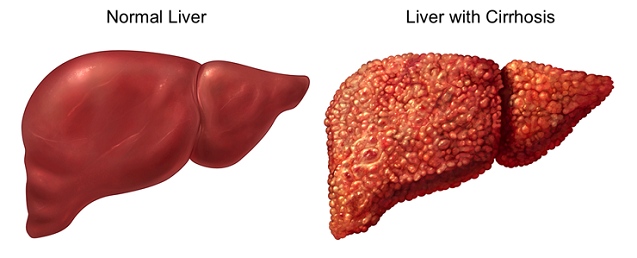Liver Cancer and Viral Hepatitis Awareness and Prevention Month
Doctors
Source: https://www.nccs.com.sg/PATIENTCARE/COMPREHENSIVELIVERCANCERCLINIC/Pages/Home.aspx
Incidence and Mortality
In the Philippines, liver cancer is the 3rd leading site for both sexes. It ranks 2nd among males and 6th among females. The incidence rates starts to rise at 50 y/o among men and 35 y/o among women.
It is among the deadliest cancers in the world with a mortality to incidence ratio of 0.95. This means that for every 100 people who develop liver cancer, 95 have high chances of dying due to the disease.
If not prevented now, the number of deaths due to liver cancer will be twice the current average of 20 Filipinos a day 20 years from now.
Risk factors and Prevention
Viral infections that cause chronic active hepatitis, such as Hepatitis B and Hepatitis C viruses are responsible for most cases of primary liver cancer in the Philippines.
Hepatitis B virus (HBV) is still the most prevalent. Infants and young children who get the infection and become carriers are at highest risk of liver cancer. Other factors implicated are heavy alcohol consumption, prolonged intake of food containing large amount of aflatoxin and other chemical carcinogen.
Most liver cancer cases in the country can be prevented through HBV infant vaccination. In our country, the expanded program on immunization requires that all infants be given the birth dose of Hepatitis B vaccine within 24 hours, and two other shots at 4 weeks and 8 weeks, respectively.
Warning signals
Abdominal pain, weight loss, weakness, and loss of appetite. There may be and abdominal mass or an enlarged liver. However, early stage of liver cancer may not have nay symptoms.
Screening
Periodic screening with ultrasound and alpha-fetoprotein (AFP) testing every 6 to 12 months are recommended for patients at risk for liver cancer. These include those with liver cirrhosis, and hepatitis B carriers without cirrhosis.
Treatment
Depending on the stage and functional capacity of the patient, treatment options include surgery, liver transplantation, locoregional therapies, or systemic therapy such as chemotherapy and biologic agents.
Source: Philippine Cancer Facts and Estimates 2010
National Comprehensive Cancer Network 2016
